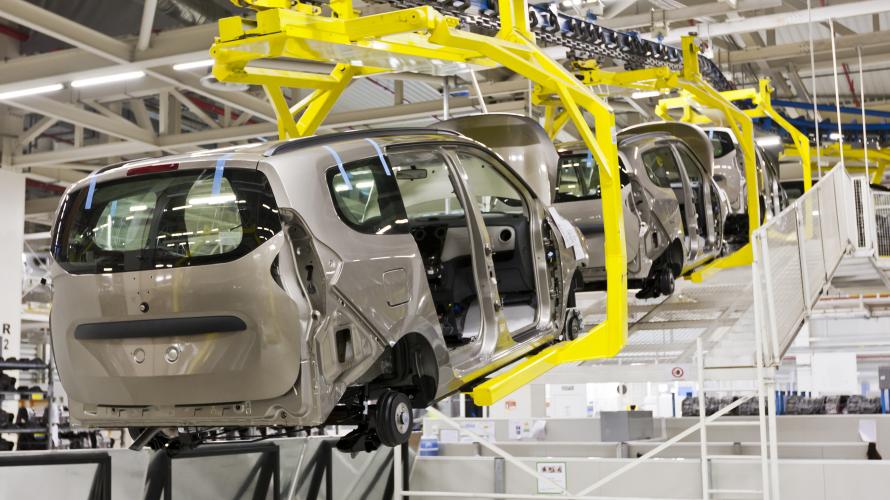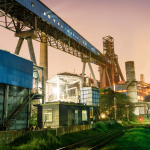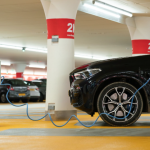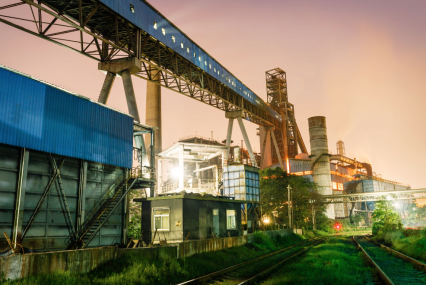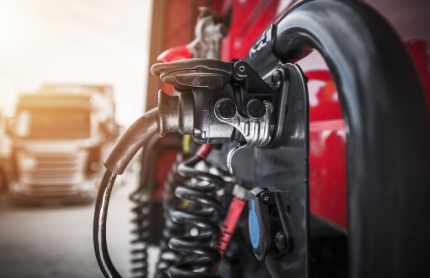Headlines about sustainability in transportation typically revolve around the fuel source.
Will EVs replace gas-powered engines? What are hydrogen and natural gas’ roles in this?
While auto manufacturers are changing how vehicles run, they are also trying to change how vehicles are made.
Spurred by regulations and pushes from investors and consumers, auto manufacturers are attempting to cut carbon emissions any way they can. That includes trying to move away from the carbon-heavy process of making steel.
One major movement is sourcing steel from hydrogen-powered mills instead of traditional conventional coal-fired operations and relying more on recycled steel, according to the Wall Street Journal.
The State of Steel
One benefit of recycled steel is it doesn’t require the carbon-heavy process of melting raw iron ore into new steel. That’s good news because there is room for sustainability improvement in the steel industry, which is one of the largest carbon dioxide emitters in the world.
Steel accounts for around 7% of global carbon emissions related to energy production, according to some estimates. Automobiles are one of the highest consumers of steel – around 12% globally, according to the World Steel Association.
The Push Toward 2050
Climate regulations are more aggressive in Europe, particularly for the auto industry. Mandates in place require manufacturers and their supply chains to be carbon-neutral by 2050.
And some of autos’ biggest names are aiming to do just that:
– Daimler Mercedes said it wants to make its entire auto fleet carbon neutral by 2039.
– General Motors and Volvo Cars are aiming for 2040.
– Toyota hopes to achieve neutrality by 2050.
“Becoming more electric and sustainable is not just about batteries and alternative drives,” said Markus Schäfer, Daimler’s Chief Operating Officer for Research and Development.
Finding Answers in Swedish Steel Companies
Mercedes has already stepped toward “cleaner” steel and hopes to start to produce low-carbon vehicles in 2025.
It bought a stake in Swedish company H2 Green Steel, which plans to build a steel plant powered by hydrogen. By doing that, H2 could provide carbon-free steel for the auto industry.
The hope is a small steel mill will be able to produce enough steel for three million cars per year. Most importantly, they could do so while emitting 0.1 ton of carbon dioxide per ton of steel, instead of 2 tons from conventional mills.
Hurdles Remain for “Green Steel”
While automobiles made with more eco-friendly steel is a nice sentiment, there are still practical hurdles to rapid adoption.
For starters: the long cycles for investments to take place in the steel industry. The International Energy Agency predicts that hydrogen-based steel would be less than 15% of the world’s steel production by 2050.
The other major hurdle is that hydrogen-based steel is more expensive to produce. Another steelmaker in Sweden said this type of steel could be 20-30% more expensive than traditional steel.
What do you think?
Is reducing carbon made during steel production a worthy investment for automobile manufacturers? What do you see as the biggest barrier to widespread adoption before 2050?
Reach out to Inspire Advanced Transportation with your thoughts.
